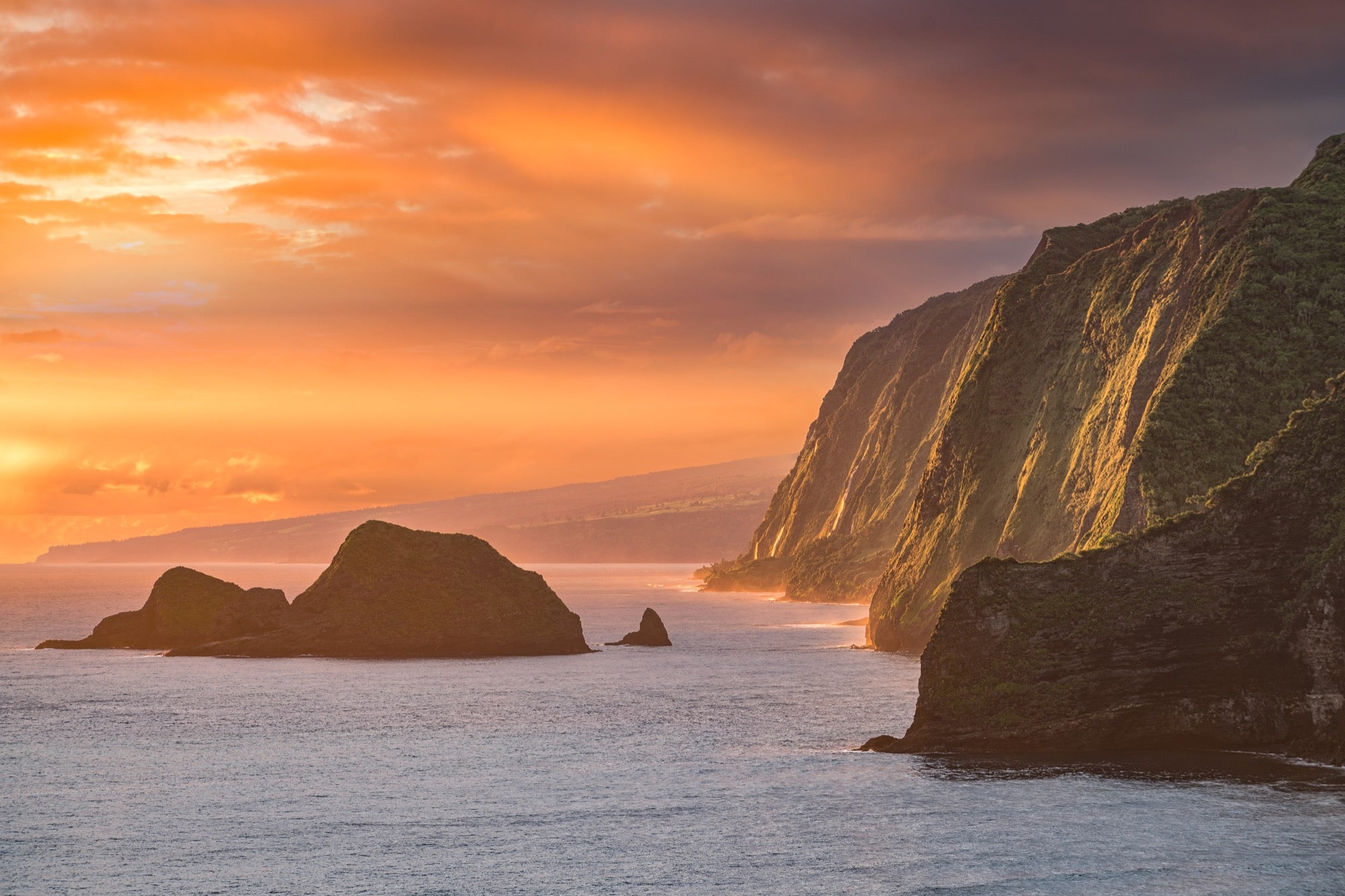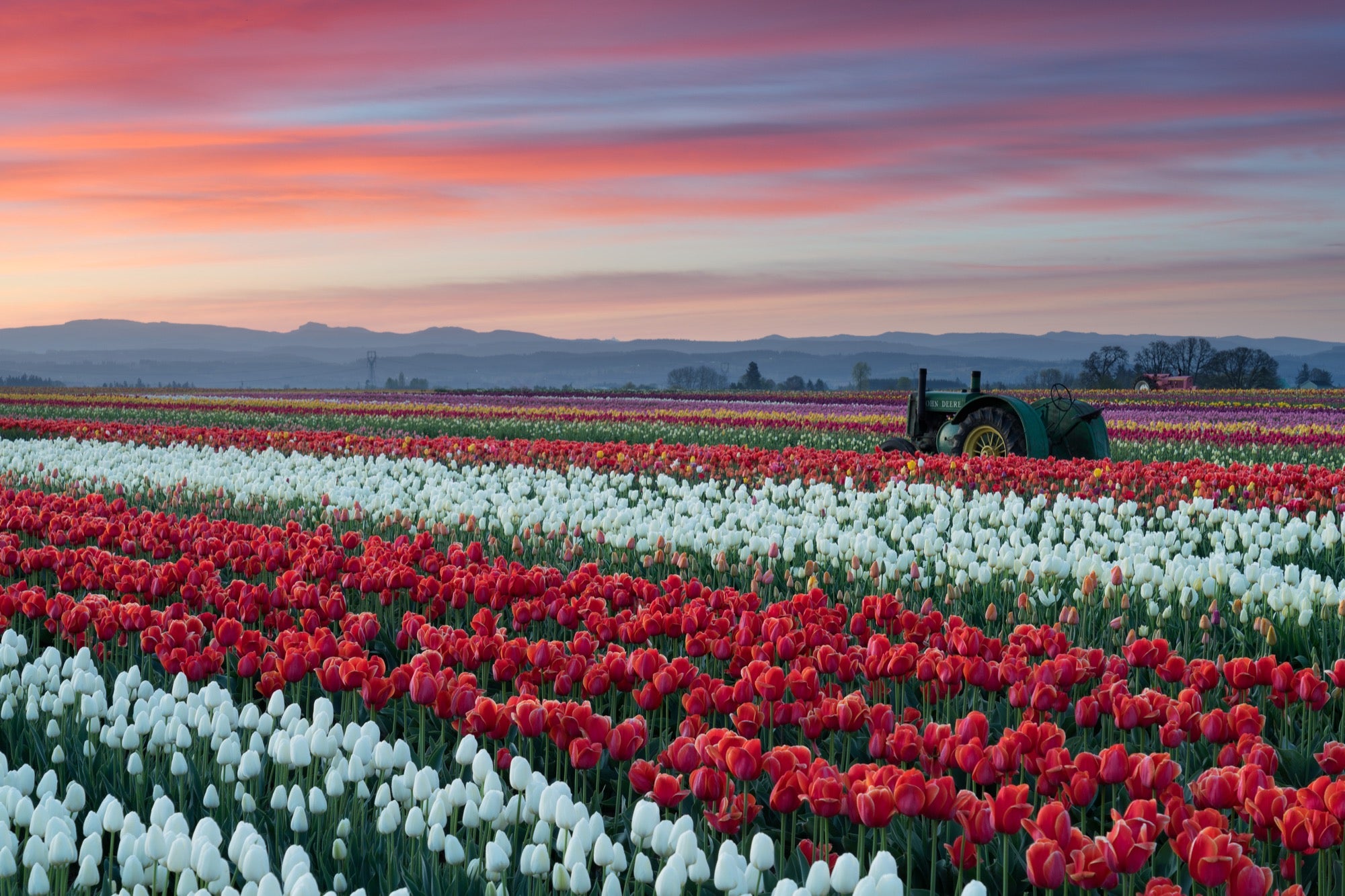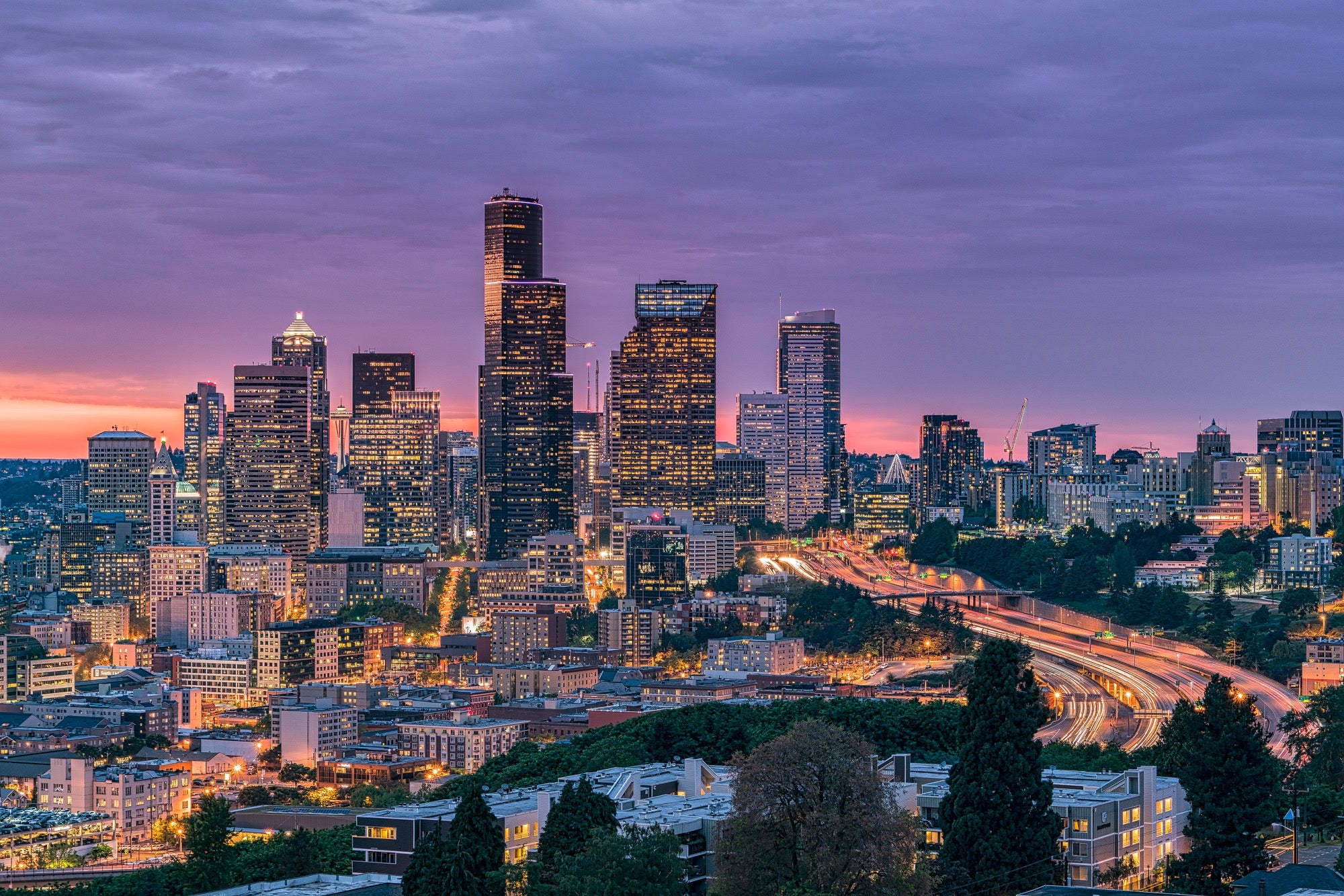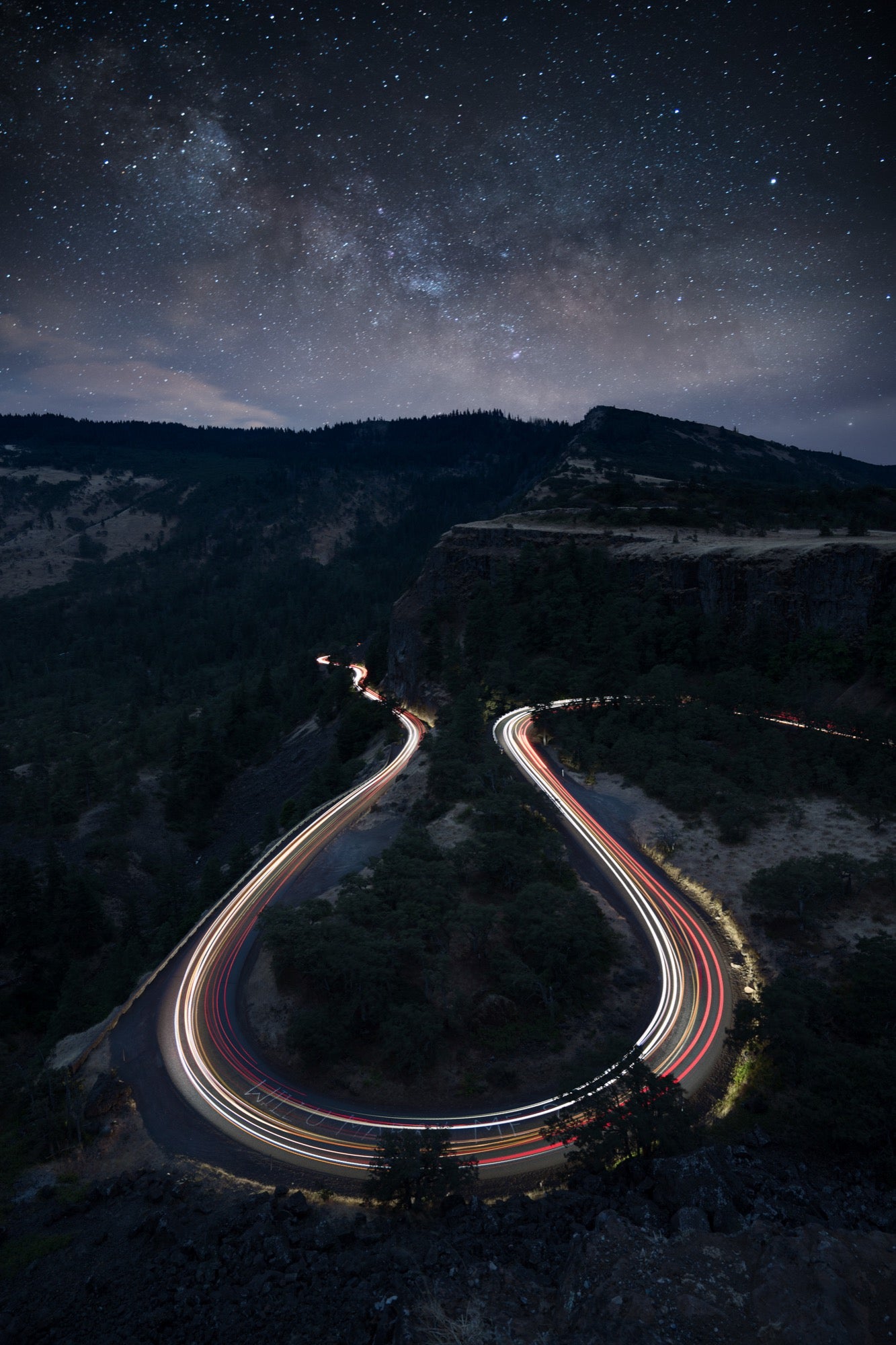I love to hike…I mean I really, really love to hike. And I love to take pictures. What I don’t love is to carry a bunch of heavy gear.
First, I switched from a DSLR to the Sony mirrorless system. Then, I switched from carrying f/2.8 lenses to f/4 lenses. Don’t get me wrong, I adore f/1.4 and f/2.8 lenses, just not for hiking and backpacking. If I’m shooting portraits where I might want a very shallow depth of field, then I make sure I have a fast lens. However, for the vast majority of my shooting needs, f/4 serves me perfectly well. I shoot predominantly landscapes and cityscapes, and I frequently want more, not less, depth of field. No matter which lens I carry, I often find myself shooting in the f/5.6 to f/16 range. My current “go-to” hiking gear is as follows:
- Sony α7R III (I recently switched to this body from the α7R II that had been my primary camera)
- Sony 16-35mm f/4
- Sony 24-70mm f/4
- Sony 70-200mm f/4
Filters are also smaller, less expensive, and easier to carry because f/4 lenses have smaller front elements. In addition, I can get away with a smaller bag and a less cumbersome tripod and ballhead.
I find my Sony f/4 lenses are bitingly sharp, without appreciable vignetting or significant chromatic aberrations. What about astrophotography, you ask? Well, yes, the faster the lens, the better. If I know I’ll be doing astrophotography, then I make sure I have a really fast lens in my bag (e.g., 24mm f/1.4). However, in a pinch, I’ve been able to make excellent shots with the Sony 16-35mm f/4 lens, due to the impressively low noise that my Sony full frame sensors produce at high ISO values. All in all, I don't feel limited by my f/4 lenses, I feel liberated by them.

Pololu Valley, Big Island of Hawaii. Sony α7R II. Sony 70-200mm f/4 lens at 100mm. 1/15-sec., f/8, ISO 100. The longer reach of the 70-200mm really helped me frame this scene just the way I wanted.

Woodbury, Oregon. Sony α7R II. Sony 24-70mm f/4 lens at 50mm. 4-sec, f/11, ISO 100. I was walking around this lovely field of tulips and the light was changing very quickly. For this particular situation, I could only have one lens with me, and so I brought my versatile Sony 24-70mm f/4.

Mt. Hood, Oregon. Sony α7R II. Sony 16-35mm f/4 lens at 21mm. 1/10-sec., f/11, ISO 100. Hiking on snow with snowshoes is a lot of fun, but also tiring. I knew I wanted to get an ultra-wide view of this scene with the meandering stream and Mt. Baker in the distance. The Sony 16-35mm f/4 was the answer.

Seattle, Washington. Sony α7R II. Sony 70-200mm f/4 lens at 125mm. 4-sec., f/8, ISO 100. I so enjoy taking telephoto shots of my beloved Seattle skyline. Here, I had to climb 50 flights of stairs so it was a relief to be able to take the sharp, lightweight Sony 70-200mm f/4 lens.

Columbia River Gorge, Oregon. Sony α7R II. Sony 24-70mm f/4 lens at 24mm with circular polarizer. 1.3-sec., f/11, ISO 100. I was literally up to my chest in cold, heavily flowing water. I could only take one lens with me and for the composition I had in mind, it had to be the Sony 24-70mm f/4.

Rowena Crest, Oregon. Sony α7R II. Sony 16-35mm f/4 lens at 16mm (both exposures). Foreground: 60-sec., f/8, ISO 100. Sky: 30-sec., f/4, 30 sec, ISO 3200. Although I “only” had an f/4 lens available, I created this compelling composition because of the combination of the low-noise capability of my Sony full frame sensor and the super-sharp 16-35 mm f/4 lens.
Mahesh Thapa is a member of the Alpha Imaging Collective. Follow him on Instagram at @starvingphotographer.



